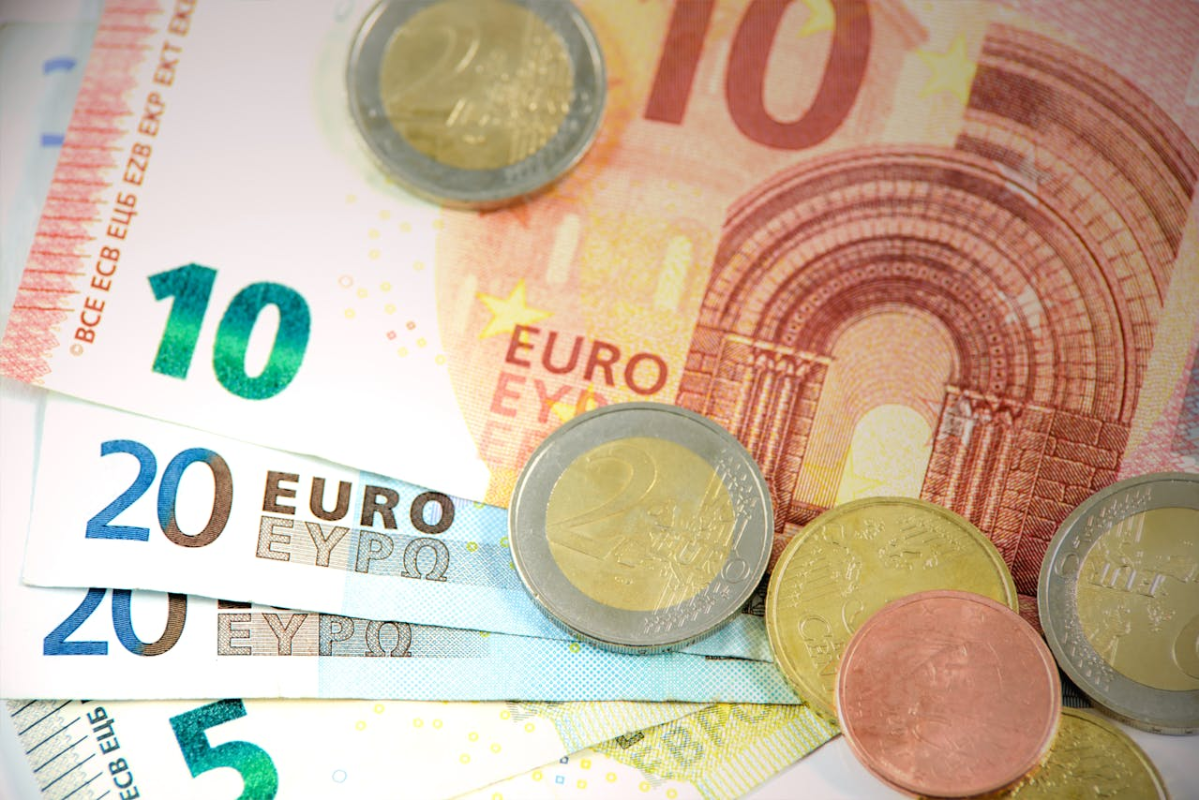The euro surged to a five-month high as optimism over potential Ukraine ceasefire negotiations boosted investor confidence. The Canadian dollar also rebounded after President Donald Trump decided to halt a planned 50% tariff increase on steel and aluminum.
“Markets are reacting positively to signs of progress,” a currency strategist said, noting that investors are moving funds into the euro as geopolitical tensions ease. Hopes for a ceasefire between Russia and Ukraine have shifted market sentiment, driving confidence in European stability. Traders view a possible ceasefire as a step toward reducing economic disruptions in the region.
Both Ukraine and Russia have shown openness to diplomatic talks. Recent discussions have suggested that a temporary ceasefire could be implemented in key conflict zones. While no formal agreement has been reached, the possibility of negotiations has encouraged financial markets. Investors are closely watching developments, pushing the euro higher against both the U.S. dollar and other major currencies.
The Canadian dollar also saw a sharp recovery after Trump backed down from imposing higher tariffs on Canadian metals. The initial tariff proposal had caused uncertainty in financial markets, raising concerns about potential trade disruptions. “Traders had been pricing in trade disruptions,” an analyst said, explaining that lifting the tariff threat removed a key risk for Canada’s economy. The country is a major supplier of steel and aluminum to the U.S., and the tariff decision has reassured investors.
Global markets had been on edge due to ongoing trade concerns and geopolitical risks. Investors have responded quickly to policy shifts, leading to fluctuations in major currencies. The U.S. dollar, meanwhile, has remained under pressure as economic worries persist. Concerns about inflation and slower growth have weighed on the currency, affecting its strength against global counterparts.
Some analysts believe the Federal Reserve’s policy decisions could further impact the dollar’s trajectory. Interest rate expectations continue to influence market movements, as traders assess potential rate cuts or hikes. A more cautious stance from the Fed could put additional downward pressure on the U.S. dollar in the coming months.
Oil prices have remained steady despite currency fluctuations, providing support for commodity-linked currencies such as the Canadian dollar. Stability in the oil market has helped ease concerns about broader economic slowdowns, particularly in energy-producing nations. Canada, being a major oil exporter, benefits from higher crude prices, which further strengthens its currency.
Stock markets have also responded to shifting geopolitical and trade developments. European indexes saw gains as investors welcomed the possibility of de-escalation in Ukraine. The easing of trade tensions between the U.S. and Canada has provided additional market relief. Investors remain cautiously optimistic, though uncertainties still loom over global economic stability.
Bond markets have reflected this cautious optimism, with yields on European government bonds adjusting as traders reassess risks. Investors continue to monitor financial conditions closely, seeking signs of long-term stability amid ongoing negotiations.
The coming weeks will be critical for financial markets. Investors will watch for concrete developments in ceasefire negotiations and trade policy adjustments. The strength of the euro and the Canadian dollar will depend on how these situations unfold, as currency markets remain highly sensitive to geopolitical events.




